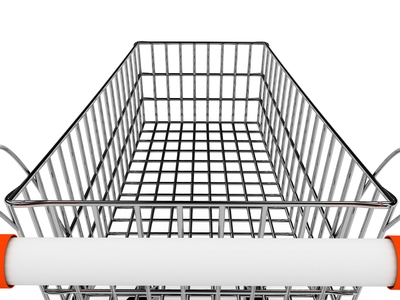It started, innocuously, with an ad exec detailing his brainstorming process in 1953.
Thanks to Alex Osborn and his Applied Imagination, millions have faithfully followed his prescription for ideation. Simply put, the greater the number of ideas generated, the more likely a winner or two will emerge.
Today, that’s so outdated. Pundits and scholars alike poo-poo that methodology, each group creating their own version of the ‘storm.
Some contend the fault lies in the admonition to “withhold all criticism until later.” Others chime in, asserting that a constructive conflict is necessary to create healthy (or unhealthy) discussions. What will matter most is the composition of the group, say psychologists, since great output is heavily reliant on different perspectives. After all, they emphasize, discussions in a familiar setting with comfortable work colleagues do not lead to innovative solutions.
The extreme perspective: Groupthink doesn’t work well.
How do we get inspired, anyway? Many count on innovation communities, where conversation flows and participants are free to join (or not). The pinnacle of that is jamming, a process first popularized by IBM in 2003 when figuring out its values. Rules of the road, of course, accompany the jam: small teams, clear definitions, opt-in attendees help unearth new ideas.
 In our opinion (and you just knew we had one!), more than the architecture and lists are the freedom and space to create. We’ve held solving sessions in all formats, from traditional to online discussions. What drives us to the right solutions, in most cases, is our focus on different industries, different experiences, and, yes, the unusual associations between the two. Sometimes, it happens in one meeting. Sometimes, outside that venue – in a shower, on a morning run, reading at night. It’s not something that can be mandated within a certain period. It just, er, happens.
In our opinion (and you just knew we had one!), more than the architecture and lists are the freedom and space to create. We’ve held solving sessions in all formats, from traditional to online discussions. What drives us to the right solutions, in most cases, is our focus on different industries, different experiences, and, yes, the unusual associations between the two. Sometimes, it happens in one meeting. Sometimes, outside that venue – in a shower, on a morning run, reading at night. It’s not something that can be mandated within a certain period. It just, er, happens.
As easily as peanut butter and jelly- jam.

